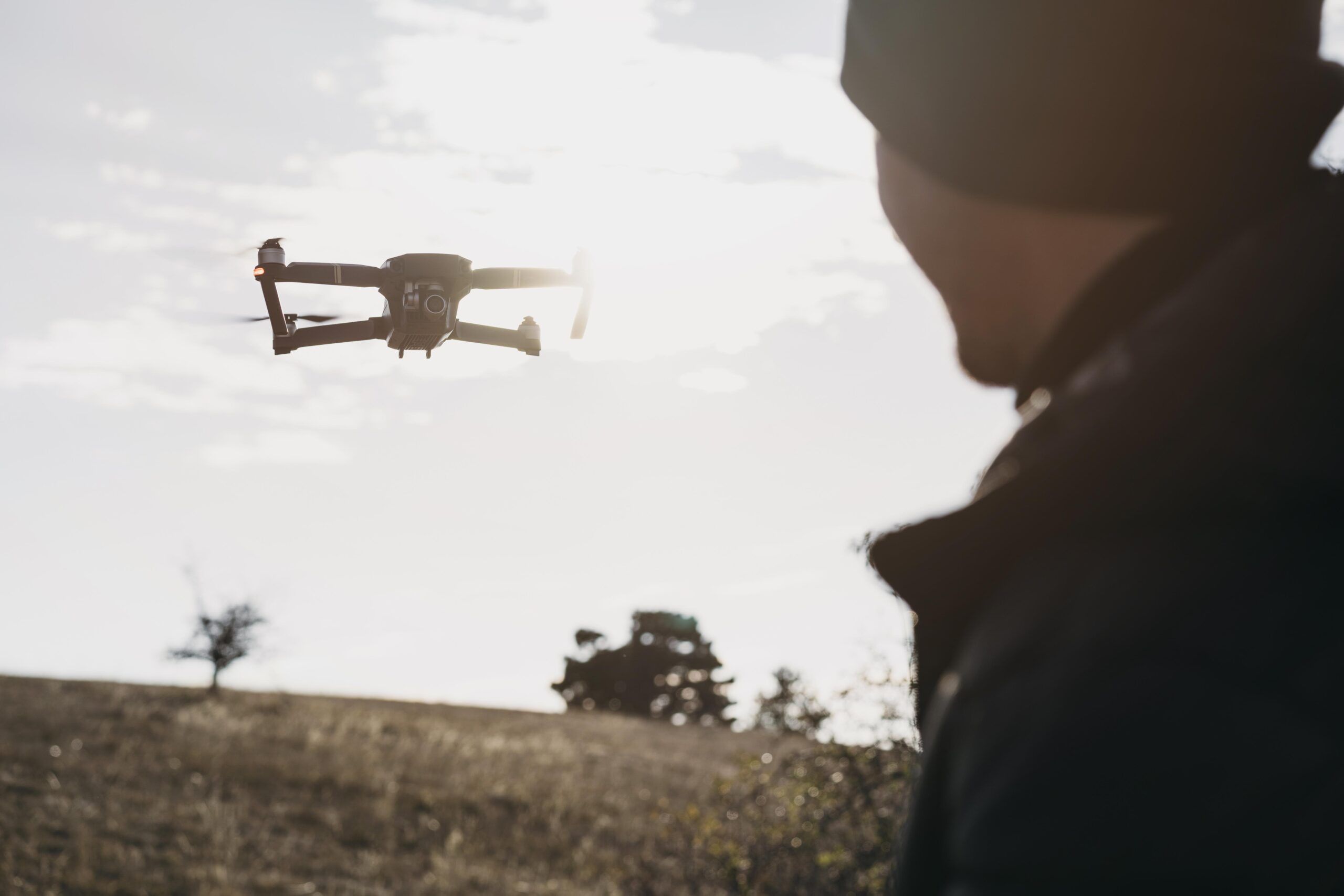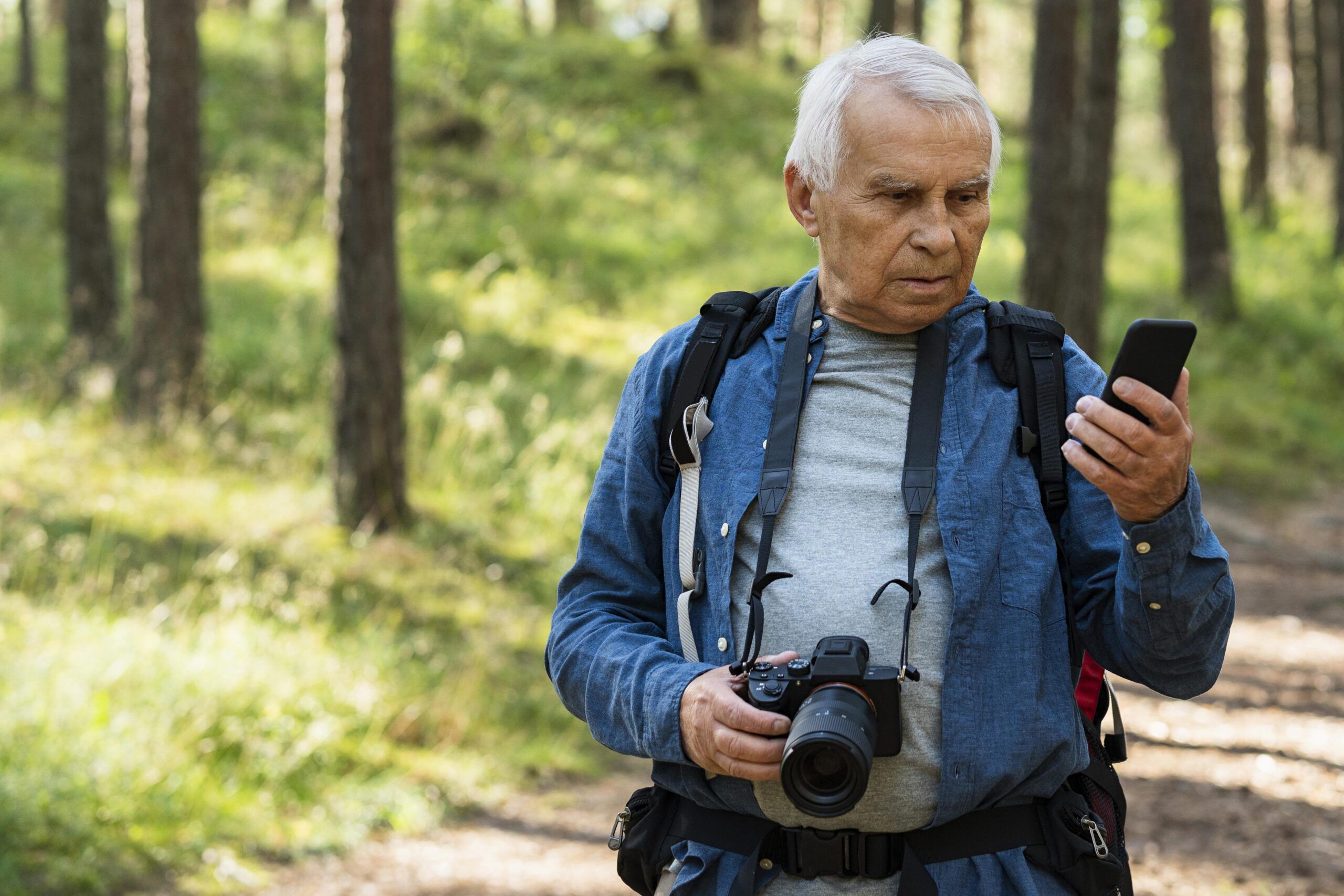Walking with the times: technological innovation serving the pilgrim
As technology advances, the Camino de Santiago has incorporated new solutions to enhance the pilgrim experience, making the journey safer, more accessible, and enriching. These innovations are transforming the way pilgrims plan and experience their pilgrimage, from digital navigation tools to new technologies ensuring their safety and well-being.
One of the most notable innovations is the use of mobile applications that assist with navigation and communication along the Camino. Apps such as “Wise Pilgrim Guide” provide detailed maps, information about albergues, restaurants, and points of interest, as well as allowing the creation of personalized itineraries. These apps not only help pilgrims find their way but also provide real-time information on trail conditions and weather, which is particularly useful for planning and safety.
In addition to apps, tracking and monitoring devices are becoming popular among pilgrims. Equipment such as GPS trackers and smartwatches equipped with tracking features help ensure pilgrims’ safety, allowing family and friends to follow their progress and location in real time. These devices can be vital in emergency situations, offering a direct communication line to emergency services.
Another significant innovation is the use of drones to monitor pilgrims’ well-being and trail conditions. In some areas, drones are used to inspect hard-to-reach places, monitor trail conditions, and ensure that the paths are in good shape for pilgrims. These devices also help quickly identify and respond to issues such as landslides or obstructions, ensuring a safer experience for everyone on the route.
Technology is also playing an important role in managing albergues and services along the Camino. Online booking systems and albergue management platforms have made it easier to book accommodation in advance, allowing pilgrims to better plan their stay and avoid overcrowding during peak periods. Many albergues now use digital platforms to manage bookings, provide availability information, and improve communication with pilgrims.
Additionally, the integration of technological solutions for waste management and energy efficiency is a growing practice and is contributing to the sustainability of the Camino. Technologies for monitoring energy and water consumption, as well as waste management systems, help minimize the environmental impact of tourism. Initiatives like these are increasingly common in albergues and infrastructures along the Camino, demonstrating a commitment to environmental protection.
As technology continues to evolve, it is likely that the Camino de Santiago will see even more innovations that will improve the pilgrim experience and support the sustainable management of the route. From digital tools that aid navigation to advanced solutions ensuring safety and well-being, new technologies are making the pilgrimage more accessible and secure, while still respecting tradition and the environment.


